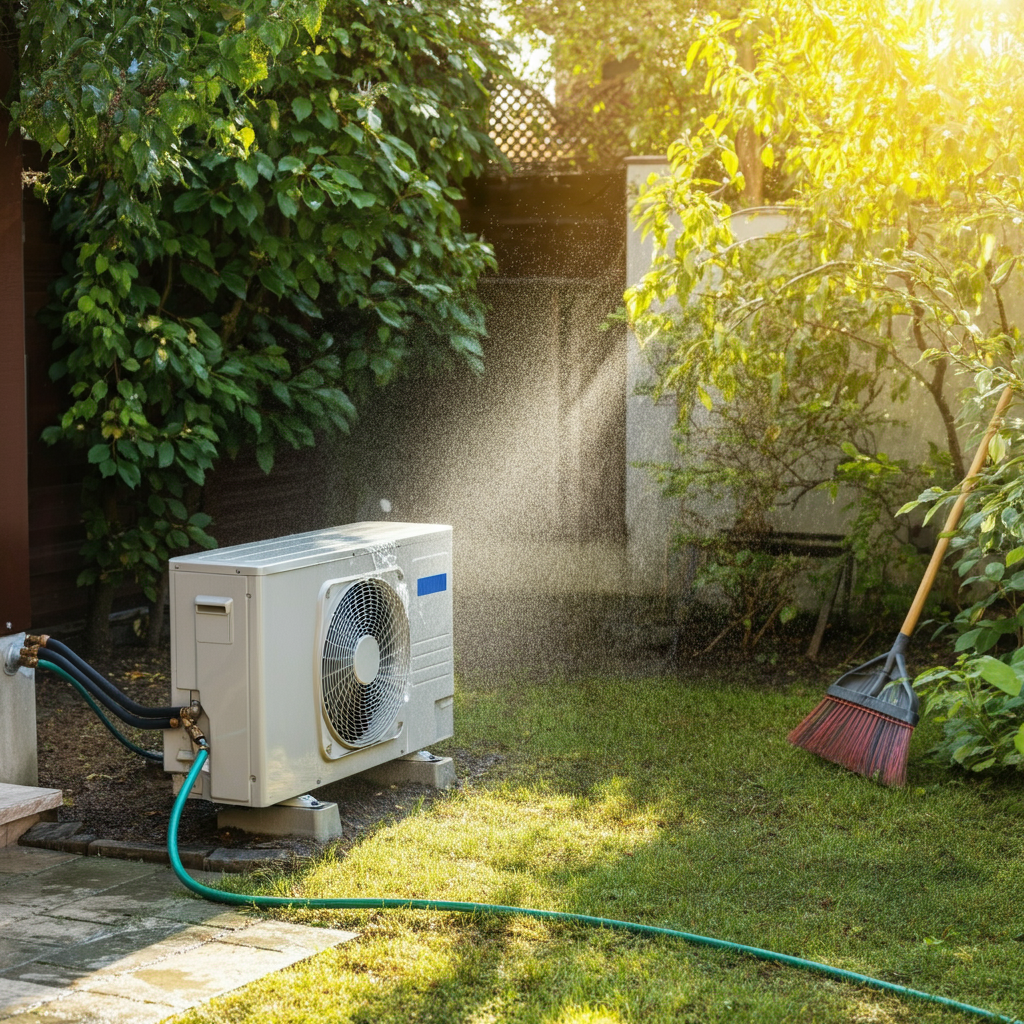Properly shutting down your air conditioner (AC) at the end of the cooling season is crucial to ensure its longevity, maintain efficiency, and prevent costly repairs down the road. Many people overlook this essential maintenance step, which can leave their system vulnerable to damage during the off-season. By following a few straightforward steps, you can protect your AC and ensure it’s ready for seamless operation when warm weather returns.
This blog outlines the best practices for shutting down your air conditioner, providing you with actionable tips and clear guidance. Whether you’re a homeowner or a property manager, these steps will help you prolong the life of your cooling system while maintaining peak performance.
Why Is Proper AC Shutdown Important?
Failing to properly shut down your air conditioner can lead to several avoidable issues, including:
- Mechanical wear and tear due to improper handling.
- Debris buildup in and around the unit, causing damage.
- Higher maintenance costs when restarting the system after months of inactivity.
By implementing these best practices, you can:
- Preserve the efficiency of your AC system.
- Lower your long-term energy costs.
- Avoid the hassle of premature repairs or replacements.
Here’s how to do it right.
Step-By-Step Guide to Shutting Down Your Air Conditioner
1. Turn Off the Thermostat
The first step in shutting down your air conditioner is to turn off the thermostat. Set it to the “off” position to prevent the AC from functioning during the off-season. This ensures that the system won’t accidentally start running on an unexpectedly warm day.
Pro Tip: Consider switching your thermostat to “heat” mode if the cooler months are approaching.
2. Switch Off the Power Supply
For safety, it’s essential to disconnect the AC unit from its power source. Locate the outdoor disconnect switch, usually situated near the condenser (outdoor unit). This switch, often housed under a protective lid, can be flipped to the “off” position to prevent your AC from drawing any electricity.
Why this matters: Cutting power to the AC prevents any chance of electrical damage and ensures the system is completely inactive.
3. Clean the Outdoor Unit
The outdoor condenser unit is exposed to environmental debris, such as leaves, twigs, and dust. Cleaning it thoroughly before the shutdown is critical to prevent long-term damage.
- Clear Debris: Use a broom or your hands to remove any loose debris from the area around the unit.
- Wash the Exterior: With a low-pressure hose, gently wash the exterior of the condenser to remove dirt and grime. Avoid using a high-pressure washer, as it could damage the fins or other sensitive components.
Allow the unit to dry completely before moving to the next step.
4. Inspect and Replace the Air Filter
A clean air filter is key to maintaining airflow and efficiency, even during the operational downtime of your AC. Check the filter for dirt or clogging and replace it if necessary.
Bonus Tip: This is also a great time to clean the vents inside your home to keep the overall system in peak condition.
5. Cover the Unit
After cleaning and drying the outdoor unit, cover it with a waterproof cover or tarp to protect it from the elements, such as rain, snow, or debris. Use bungee cords to secure the cover and keep it in place, especially in windy conditions.
Important Note: Ensure the cover allows for ventilation to prevent moisture buildup inside the enclosure, which could lead to rust or mold.
6. Schedule Professional Maintenance
While shutting down the AC during the offseason is a great DIY project, scheduling professional maintenance before restarting the system in the spring ensures it’s operating at its best. A certified technician can:
- Check refrigerant levels.
- Inspect for leaks or damage.
- Fine-tune components for optimized performance.
Quick Tips for Seasonal AC Maintenance
- Keep an eye on nearby plants. Trim shrubs and branches that might encroach on your condenser during the offseason.
- Inspect the condenser cover regularly. Check for any tears or signs of critters trying to get inside.
- Clean your system regularly. Even when not in use, dust and debris can accumulate over time.
Frequently Asked Questions
1. Why shouldn’t I skip shutting down my aircon?
Neglecting to shut down your air conditioner can lead to damage from debris, exposure to elements, and potential wear and tear. This oversight could shorten its lifespan and result in higher repair costs.
2. Can I use any type of cover for the outdoor unit?
Use a cover designed specifically for air conditioners. These covers allow proper ventilation while protecting the unit from the elements. Improper covers may trap moisture, causing rust or damage.
3. How often should I replace the air filter during the offseason?
Air filters should generally be replaced every 90 days, depending on your living conditions. Regular inspections can help determine if a replacement is needed sooner.
4. Is professional maintenance really necessary?
Yes. While DIY maintenance is important, a professional can conduct a thorough inspection and resolve hidden issues that may not be immediately apparent. This prevents costly breakdowns and ensures optimal performance.
5. Should I leave the AC breaker on or off?
After turning off the outdoor disconnect switch, you may also turn off the AC circuit breaker in your home’s panel. This step further ensures the unit won’t accidentally draw power during the offseason.
Keep Your AC in Top Shape Year-Round
Shutting down your air conditioner may not be the most exciting task, but it is a critical one for maintaining its efficiency and avoiding unnecessary repairs. By following these simple steps, you can prepare your AC system for the offseason and ensure it’s ready to go when hot weather returns.
If you want an expert touch, consider scheduling professional maintenance today. Your AC system will thank you, and so will your wallet!

